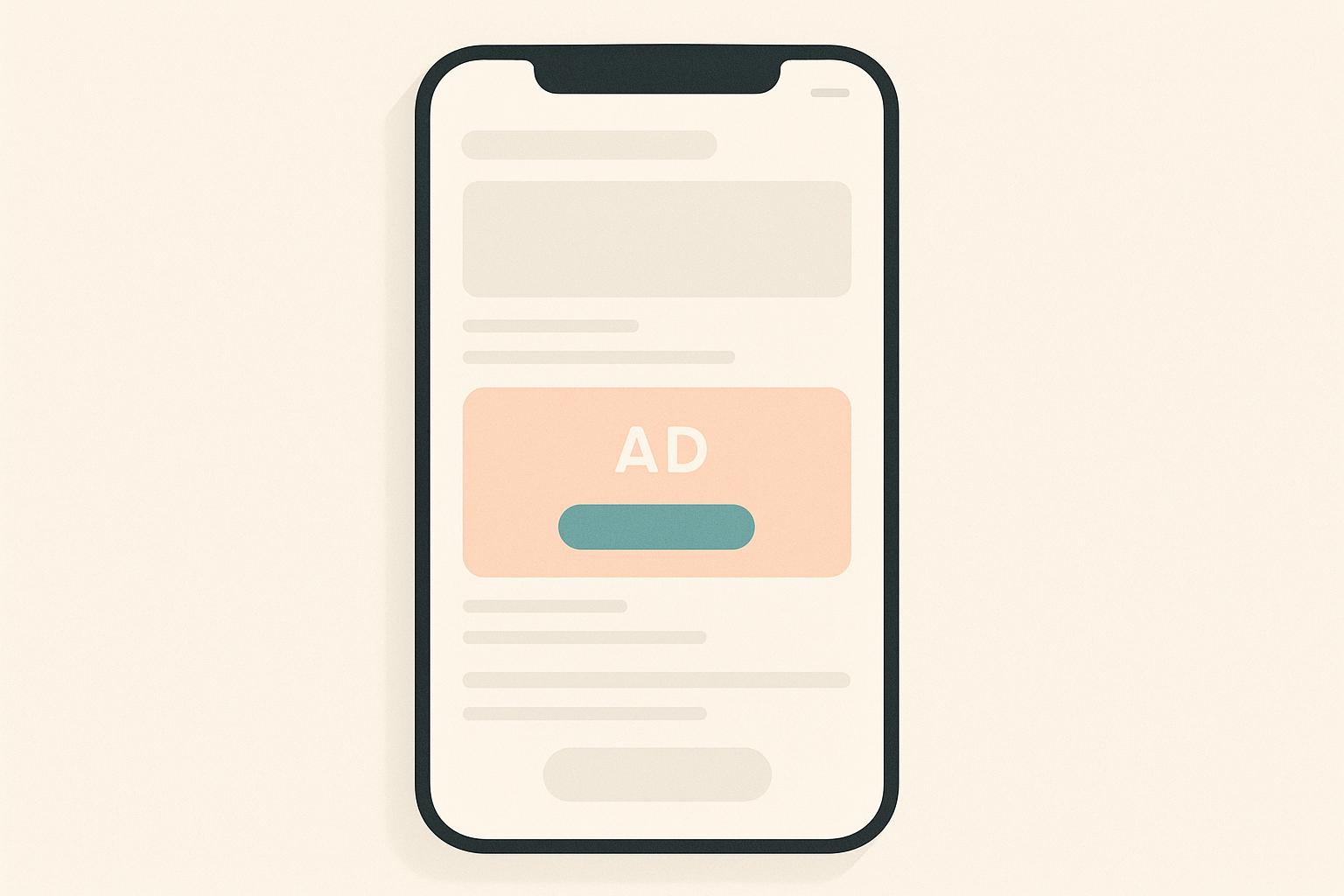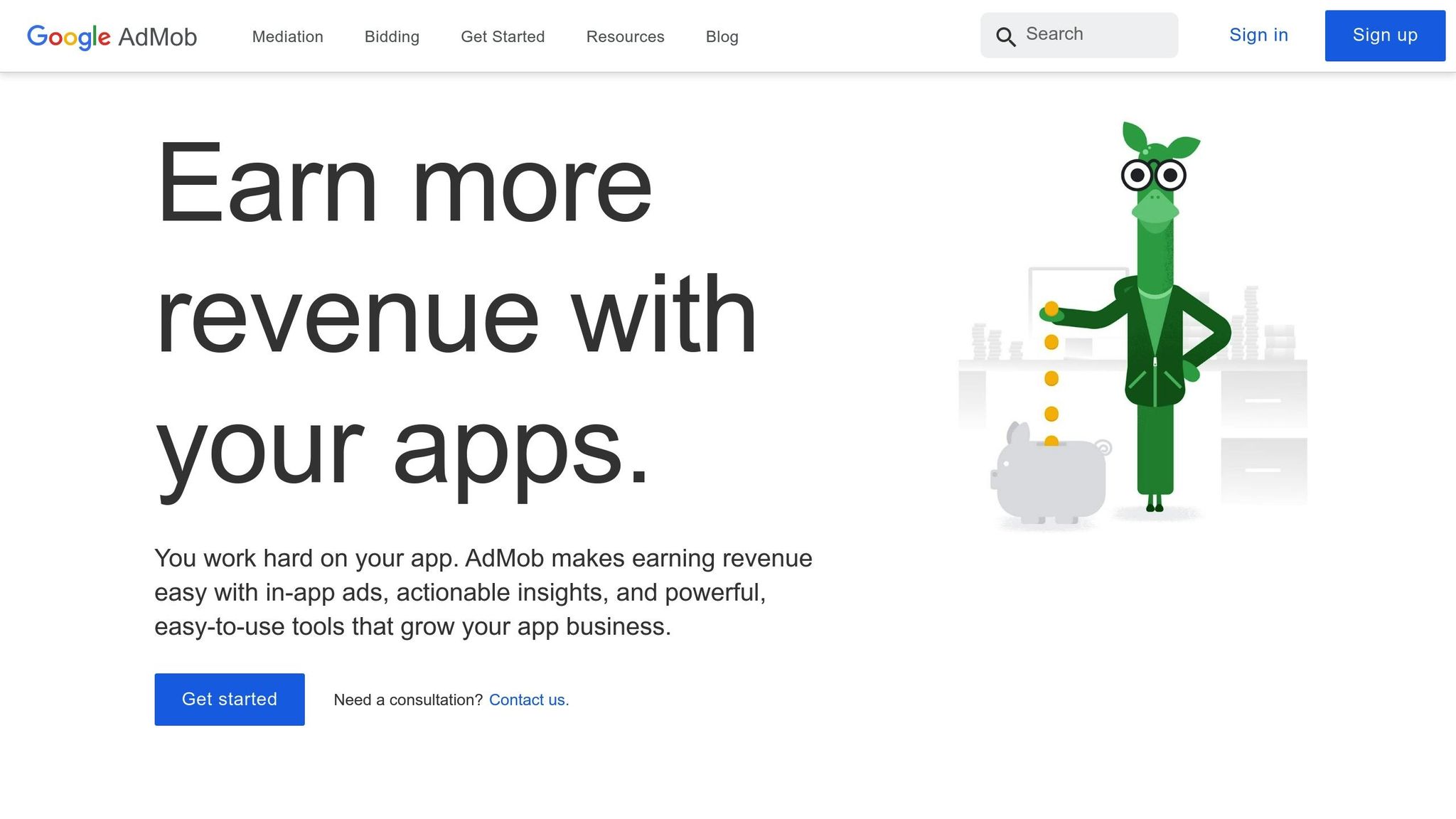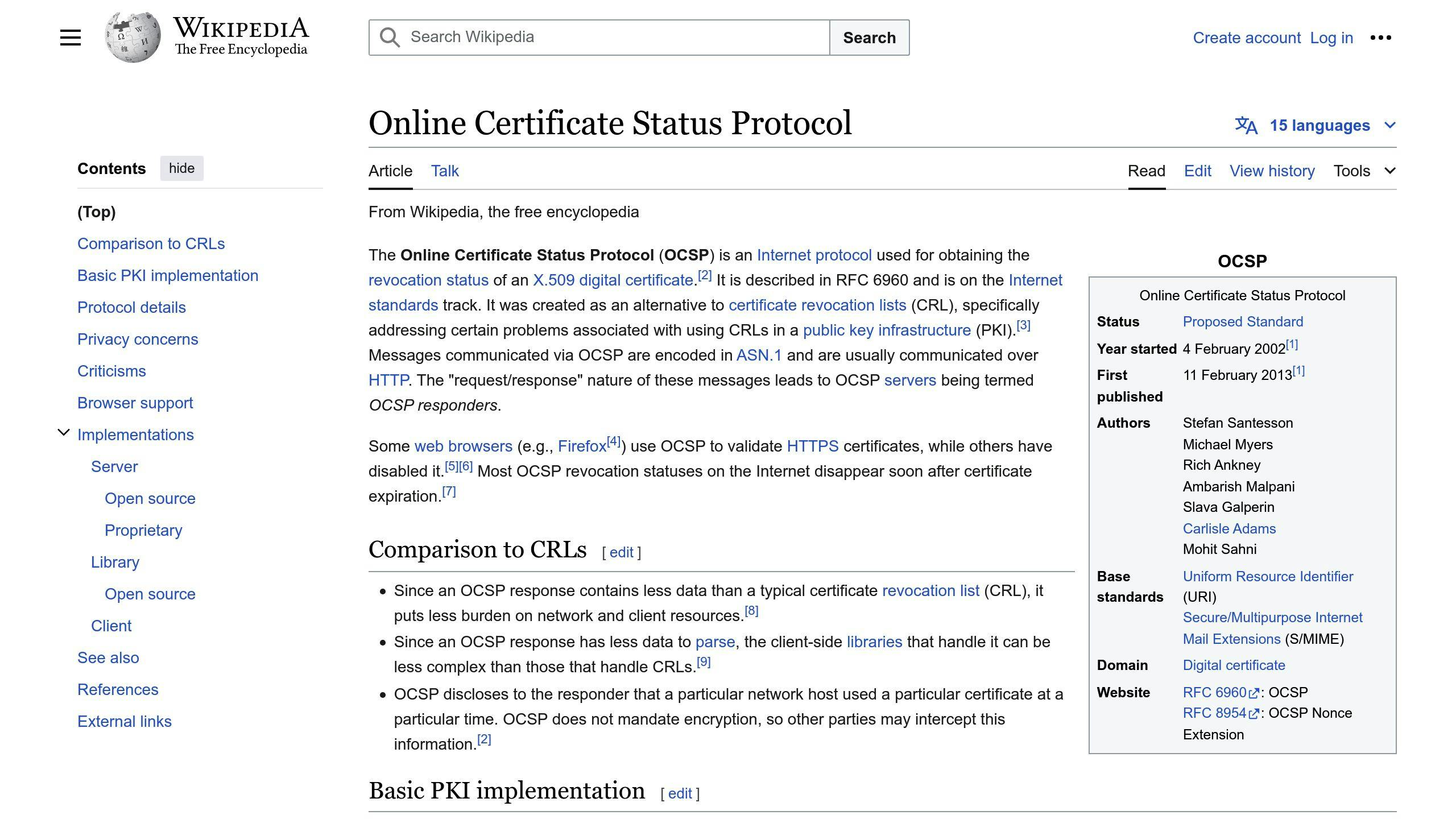Blockchain is transforming how government agencies manage data and deliver services. Its decentralized structure, tamper-proof records, and automated processes address longstanding challenges like data security, fraud, and inefficiency. Unlike older systems that rely on centralized databases vulnerable to breaches, blockchain distributes data across multiple nodes, enhancing security and transparency.
Key benefits include:
- Transparency: Publicly verifiable records improve accountability.
- Data Security: Distributed networks reduce hacking risks.
- Fraud Prevention: Immutable ledgers and smart contracts minimize manipulation.
- Efficiency: Automation reduces manual work and speeds up processes.
However, challenges like regulatory uncertainty, integration with existing systems, and high initial costs require careful planning and expertise. Pilot programs and collaborations with experienced developers can help agencies navigate these hurdles.
Blockchain is already being tested in areas like digital identity, voting, and tax collection, with states like Colorado and Wyoming leading the way. Agencies adopting this technology now will be better equipped to meet future demands for secure, efficient public services.
Top 10 Government Blockchain Use Cases
1. Blockchain Technology in U.S. Public Sector Software
Blockchain is reshaping how U.S. government agencies manage data and deliver services to citizens. By 2018, 18 U.S. states had introduced blockchain-related legislation, with 9 bills successfully passed into law. This growing interest highlights how blockchain's features can tackle persistent challenges in public administration, particularly in areas like transparency, security, and efficiency.
Transparency
One of blockchain's standout features is its ability to create a tamper-proof, publicly verifiable record - a level of transparency that traditional databases simply can't achieve.
Take the Colorado Department of State as an example. Back in 2018, Colorado initiated efforts to explore blockchain for encryption and data integrity in government records. This move was aimed at not only securing public records but also ensuring citizens could independently verify the authenticity of government data.
Such initiatives help foster trust between citizens and government agencies. Whether it's procurement decisions, voting records, or benefit distributions, blockchain ensures that citizens can verify these processes on their own, reinforcing accountability.
Data Security
Traditional systems often rely on centralized databases, making them vulnerable to breaches. Blockchain, on the other hand, distributes data across multiple nodes, significantly reducing the risk of unauthorized access.
With its cryptographic safeguards, blockchain ensures that sensitive information - like health records - remains accessible only to authorized parties. This reduces the chances of data breaches while maintaining privacy. Additionally, blockchain's sequential linking of encrypted data ensures that information cannot be altered without detection.
For government agencies managing sensitive citizen data, such as Social Security numbers or tax records, blockchain's "security-by-design" approach offers a robust solution to protect against unauthorized access and tampering.
Fraud Prevention
Blockchain's immutable ledger ensures that every transaction is permanently recorded, leaving no room for manipulation or erasure.
Smart contracts, another key feature, automate processes like compliance checks and benefit distributions. These self-executing agreements reduce human error and opportunities for corruption. For example, when eligibility criteria are embedded into a smart contract, payments are only released when all conditions are met, eliminating bias or manipulation.
Moreover, blockchain's audit trail makes it easier for government auditors to trace financial transactions and decisions, providing a clear path to identify and address any suspicious activity.
Operational Efficiency
Blockchain also has the potential to streamline government workflows. By automating approvals and generating real-time reports, the technology can reduce bottlenecks and errors. Similar success has been seen in municipal projects abroad, and U.S. agencies could achieve comparable results in areas like land registry management, business licensing, and payroll tax collection.
For example, blockchain-based systems can execute these processes faster and with greater accuracy, saving time and resources. Combined with its enhanced security features, blockchain offers a compelling case for modernizing government operations.
However, implementing blockchain in government settings isn't without its challenges. The complexity of integrating blockchain with existing systems and ensuring compliance with regulations requires specialized expertise. This is where partnerships with experienced developers, such as Zee Palm (https://zeepalm.com), can make a difference. Their proven expertise in blockchain development helps ensure secure, scalable solutions tailored to government needs.
2. Traditional Public Sector Software Solutions
Before blockchain technology entered the scene, U.S. government agencies relied heavily on legacy software to manage tasks like citizen records and tax collection. These systems, built on centralized databases, handle millions of public records each year. However, as digital demands grow, these older systems struggle to keep up. This creates challenges in areas like transparency, security, fraud prevention, and operational efficiency.
Transparency
Traditional systems often fall short when it comes to transparency. Unlike blockchain's tamper-resistant records, legacy systems are plagued by fragmented data silos and delayed information sharing. Citizens frequently encounter disconnected systems that prevent real-time data exchange between agencies. For example, tracking government spending or contract details can be a frustrating process. Delayed disclosures, bureaucratic red tape, and incomplete audit trails make it hard for the public to follow how decisions are made or funds are allocated. Instead of having access to real-time updates, citizens are left relying on periodic reports.
Data Security
Transparency isn’t the only issue - data security is another major weakness of traditional systems. These systems use standard security tools like firewalls, encryption, and access controls to safeguard sensitive information. However, their centralized design creates a single point of failure, which makes them vulnerable to cyberattacks. Each year, the U.S. public sector reports numerous data breaches. These breaches are often linked to outdated software, poor patch management, or stolen credentials. Budget limitations frequently delay critical updates, leaving many agencies stuck with infrastructure that can’t support modern security measures.
Fraud Prevention
Fraud prevention is another area where traditional systems show their limitations. These systems rely on internal controls, segregation of duties, audits, and compliance checks to catch fraudulent activity. Unfortunately, these measures are often reactive, identifying fraud only after it has occurred. Manual processes in these older systems are particularly susceptible to manipulation. For instance, welfare and benefits programs have long struggled with fraudulent claims, partly because they lack integrated, real-time verification tools. Without the ability to cross-check data across agencies, individuals can sometimes receive duplicate benefits from multiple programs.
Operational Efficiency
Traditional systems aim to boost efficiency with tools like workflow automation, electronic document management, and centralized case management platforms. Despite these efforts, inefficiencies persist due to outdated infrastructure and siloed databases. Routine processes - such as issuing business licenses or managing land titles - often require interactions with multiple agencies and involve redundant paperwork. Citizens are frequently asked to provide the same information to different departments, while government employees waste time on repetitive data entry. Because these systems lack interoperability, agencies must rely on expensive custom solutions or manual data transfers to bridge the gaps.
sbb-itb-8abf120
Pros and Cons
When comparing blockchain-based public sector software with traditional systems, the differences are striking. Each approach brings its own set of strengths and challenges that government agencies must carefully evaluate. Below is a breakdown of how these two systems stack up across key criteria:
CriteriaBlockchain-Based SystemsConventional SystemsTransparencyImmutable, auditable records create a full transaction history, making tracking straightforward and reliableIsolated databases and manual record-keeping make it harder to trace data and often delay auditsData SecurityDecentralized networks with cryptographic security reduce vulnerabilities and improve resistance to cyberattacksCentralized systems are more prone to hacking and other disruptionsFraud PreventionTamper-resistant ledgers and automated smart contracts reduce the risk of manipulation and fraudReliance on manual processes opens doors to errors, fraud, and duplicate claimsOperational EfficiencyAutomating tasks like payments and compliance through smart contracts minimizes manual work and speeds up servicesManual workflows and redundant paperwork slow down processes and increase labor demandsImplementation CostsHigh upfront investment can lead to cost savings over time through automation and efficiencyLower initial costs are often outweighed by ongoing administrative expensesScalabilityRequires advanced infrastructure and careful planning to scale for large government applicationsHandles large transaction volumes but may struggle to meet modern digital needsRegulatory FrameworkLegal and compliance requirements for blockchain remain uncertain as regulations continue to developEstablished guidelines and compliance procedures are already in place
Real-world examples highlight these differences. For instance, the Groningen Stadjerspas system and the Emmen Energy Wallet showcased how blockchain enables secure, anonymous participation and rapid citizen engagement. These projects underline blockchain's potential to transform public services while reinforcing the challenges outlined above.
However, adopting blockchain isn't without hurdles. Integration with existing systems, unclear regulatory frameworks, and resistance from staff accustomed to traditional workflows can complicate implementation. Expert guidance is often essential to navigate these complexities effectively.
Scalability is another sticking point. Traditional systems can handle high transaction volumes but often compromise on efficiency and user experience. Blockchain networks, on the other hand, must carefully balance security, decentralization, and performance - an increasingly difficult task as applications grow.
Addressing these challenges calls for a strategic approach. Pilot programs and collaborations with experienced developers, such as those at Zee Palm, can help tackle technical obstacles, ensure compliance, and pave the way for successful implementation.
Conclusion
Blockchain is paving the way for a new era in public services, offering unmatched transparency, security, and efficiency. While traditional systems have served well in the past, they often fall short of meeting today’s demand for accountability and streamlined governance. Blockchain, on the other hand, aligns with these modern expectations, presenting a practical path forward.
The growing support for blockchain across U.S. states reflects its potential, and international success stories, like municipal projects in the Netherlands that serve thousands, showcase its effectiveness in real-world applications. These examples highlight not only the promise of blockchain but also the importance of strategic, well-planned implementation.
Of course, challenges remain. Regulatory uncertainty and the complexity of integrating legacy systems are significant hurdles. To address these, government agencies should start with pilot projects that demonstrate tangible value. Engaging stakeholders early, designing thoughtful pilot programs, and partnering with experienced developers are crucial steps. Collaborating with experts like Zee Palm (https://zeepalm.com), known for their deep experience in blockchain and public sector solutions, can provide the guidance needed to navigate these complexities.
Looking ahead, blockchain's role in modernizing U.S. public sector software is undeniable. Its ability to automate processes with smart contracts, create tamper-proof audit trails, and build citizen trust makes it an essential tool for the future of government operations. Agencies exploring blockchain applications in areas like identity management, benefit distribution, and record keeping today will be best positioned to lead tomorrow.
The evolution of public sector software through blockchain isn’t just a possibility - it’s an unfolding reality. Those who act now with careful planning, expert collaboration, and a focus on citizen needs will set the standard for transparent, secure, and efficient public services.
FAQs
How does blockchain improve transparency and trust in government services?
Blockchain brings a new level of transparency and trust to government services by using a decentralized and tamper-resistant ledger to record transactions and data. This system ensures that records can't be altered or manipulated, boosting accountability while curbing corruption.
When applied to areas like voting systems, land registries, and supply chain tracking, blockchain technology simplifies processes and provides citizens with greater visibility into government operations. At Zee Palm, we develop Web3 and blockchain solutions designed specifically for these purposes, enabling governments to implement secure and trustworthy systems.
What challenges might government agencies encounter when implementing blockchain in their systems?
Government agencies often encounter a range of obstacles when trying to incorporate blockchain into their existing systems. A major sticking point is compatibility with legacy systems. Many public sector platforms were developed long before blockchain was even a consideration, which can create significant technical and operational challenges during the integration process.
Another hurdle is maintaining data privacy and security compliance. While blockchain is known for its secure structure, government agencies must still navigate intricate regulations to ensure sensitive information is handled correctly. On top of that, high implementation costs and the demand for specialized expertise can make adoption difficult, especially for agencies operating with tight budgets or limited technical resources.
Even with these challenges, blockchain has the potential to revolutionize public sector operations by improving transparency, bolstering security, and increasing efficiency - provided it’s implemented with careful planning and strategy.
What are some key public sector applications of blockchain, and how has it improved transparency and security?
Blockchain technology has found its way into various public sector applications, offering improvements in transparency, security, and operational efficiency. Take voting systems, for instance - blockchain has been used to create secure, tamper-resistant election processes, helping to build trust in democratic practices. Similarly, in land registry management, blockchain provides a way to establish unchangeable records of property ownership, cutting down on fraud and ownership disputes.
Another area where blockchain shines is public finance and procurement. By enabling transparent tracking of transactions and contracts, it reduces opportunities for corruption and ensures greater accountability. These examples highlight how blockchain can reshape public sector functions, offering a reliable way to protect sensitive information and promote trust.











